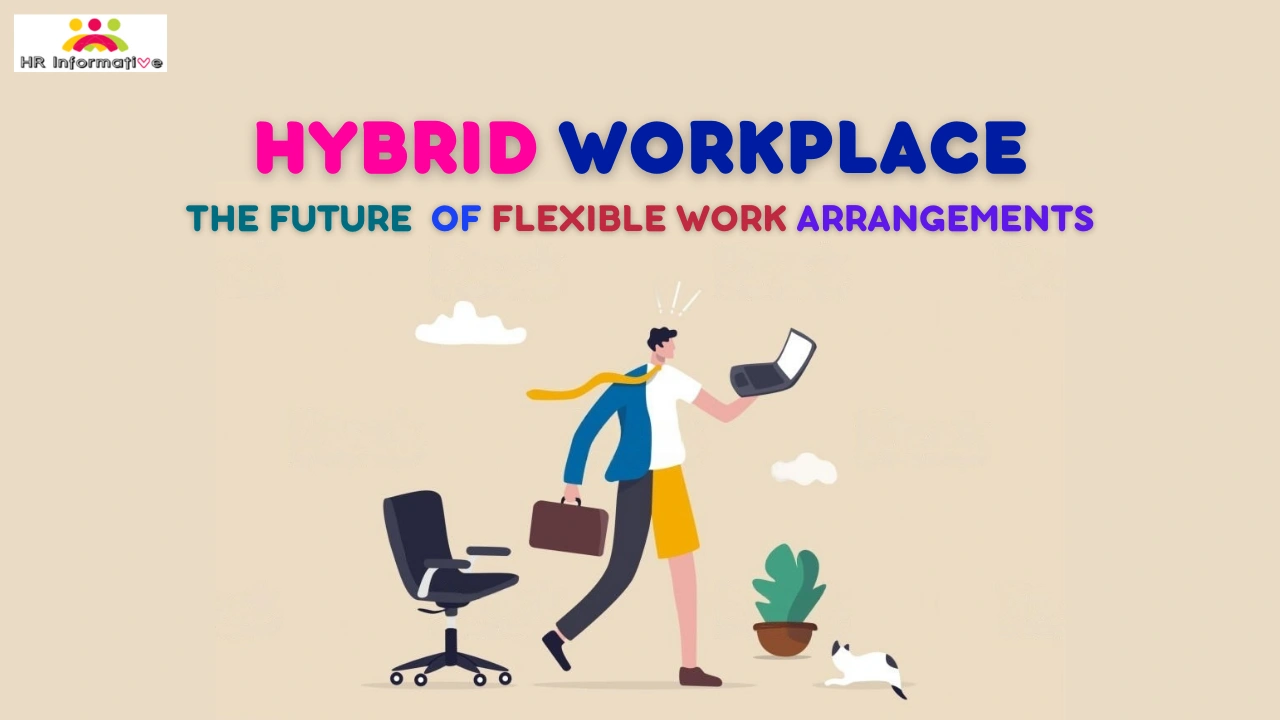The traditional 9-to-5 office job is becoming increasingly rare as more companies switch to flexible and remote work models. One arrangement that has been gaining popularity is the hybrid workplace, which combines remote work with some time spent in a shared physical office space.
What is a Hybrid Workplace Model?
A hybrid workplace model is a flexible work arrangement that allows employees to split their time between working in an office and working remotely. This model offers employees the best of both worlds, providing them with the flexibility to work from home when they need to, while also allowing them to collaborate with their colleagues in person on a regular basis.
There are many different ways to implement a hybrid workplace model. Some companies may require employees to come into the office a few days a week, while others may allow employees to work remotely full-time. The specific arrangement will vary depending on the needs of the company and its employees.
Benefits of a Hybrid Workplace Model
There are many benefits to a hybrid workplace model for both employees and employers.
For employees:
- Increased Flexibility: Employees can choose the work arrangement that best suits their needs, whether they prefer to work from home full-time, a few days a week, or not at all.
- Improved Work-Life Balance: The ability to work from home can help employees reduce their commute time and have more control over their work-life balance.
- Reduced Stress: The flexibility and reduced commute time associated with a hybrid workplace model can help employees reduce stress levels.
- Increased Productivity: Studies have shown that employees who work from home can be just as productive as those who work in an office.
- Improved Employee Satisfaction: Employees who have a say in their work arrangements are more likely to be satisfied with their jobs.
For employers:
- Reduced Real Estate Costs: Companies can save money on office space by allowing employees to work remotely.
- Increased Employee Engagement: Employees who are satisfied with their work arrangements are more likely to be engaged in their work.
- Improved Recruitment and Retention: The flexibility offered by a hybrid workplace model can help companies attract and retain top talent.
- Increased Innovation: The ability to collaborate with colleagues in person and remotely can help companies foster innovation.
Challenges of a Hybrid Workplace Model
While there are many benefits to a hybrid workplace model, there are also some challenges that companies need to be aware of.
For employees:
- Loneliness: Working from home can lead to feelings of loneliness and isolation.
- Distractions: Working from home can be challenging if there are too many distractions at home.
- Technology Issues: Employees may experience technical difficulties when working remotely.
For employers:
- Communication Challenges: It can be challenging to maintain communication and collaboration between employees who are working in different locations.
- Managing Remote Workers: It can be difficult to manage remote workers, especially if they are not used to working in a remote setting.
- Security Concerns: Companies need to take steps to protect their data and intellectual property when employees are working remotely.
How to Implement a Hybrid Workplace Model Successfully
To implement a hybrid workplace model successfully, companies need to carefully consider the needs of their employees and their business. Here are some tips:
- Start with a Clear Plan: Before implementing a hybrid workplace model, companies need to have a clear plan in place. This plan should include the specific arrangement, how it will be implemented, and how it will be managed.
- Get Employee Buy-In: It is important to get employee buy-in before implementing a hybrid workplace model. Employees need to be aware of the benefits and challenges of this model and they need to be willing to make it work.
- Provide the Right Tools and Resources: Companies need to provide employees with the right tools and resources to be successful in a hybrid workplace. This includes providing them with access to the necessary technology, as well as training on how to use it.
- Set Clear Expectations: Companies need to set clear expectations for employees who are working remotely. This includes expectations for communication, collaboration, and productivity.
- Monitor and Adjust as Needed: It is important to monitor the hybrid workplace model and make adjustments as needed. This will help ensure that the model is working for both employees and the company.
The hybrid workplace model is a viable option for many companies. By carefully considering the needs of their employees and their business, companies can successfully implement this model and reap the many benefits it has to offer.
Conclusion
The hybrid workplace model offers the best of both worlds for many companies and their employees. By combining remote work with some time spent in a shared office space, employees can have flexibility while still fostering collaboration and innovation. However, this model also comes with challenges that need to be carefully considered and managed. Companies looking to implement a hybrid workplace successfully need to start with a clear plan, get employee buy-in, provide the proper tools and resources, set clear expectations, and continually monitor and adjust the arrangement as needed. If done thoughtfully, the hybrid workplace can increase employee satisfaction and engagement while allowing companies to reduce costs and attract top talent. This modern and flexible approach to work seems likely to become a permanent fixture at many organizations.
FAQs Related to Hybrid Workplace
Q: What is a hybrid workplace model?
Ans: A hybrid workplace model combines remote work and in-office work. Employees split their time between working remotely and working from a shared office space.
Q: What are the benefits of a hybrid workplace?
Ans: Benefits include increased flexibility, better work-life balance, reduced commute times, increased productivity, improved employee satisfaction, reduced real estate costs, and better recruitment/retention.
Q: What are some challenges of a hybrid workplace?
Ans: Challenges include communication issues, loneliness/isolation, distractions at home, managing remote workers, security concerns, and technology problems.
Q: How can companies implement a hybrid workplace successfully?
Ans: Tips include having a clear plan, getting employee buy-in, providing proper tools/resources, setting expectations, monitoring and adjusting as needed.
Q: How often should employees come into the office in a hybrid model?
Ans: This varies but common options are 1-3 days in the office per week or a couple days per month. Companies should set a policy based on their needs.
Q: How can companies foster collaboration in a hybrid workplace?
Ans: Schedule regular in-person meetings, use collaboration tools like video conferencing, document sharing, instant messaging, and encourage informal social interactions when in the office.
Q: What are some best practices for managing remote workers?
Ans: Set clear expectations, use project management tools, schedule regular check-ins, measure performance based on output not hours worked, and promote open communication.
You May Read Also :
- Negotiable Instruments Act, 1881 History, Types, Features
- Affiliate Marketing Explained: Definition, History, Models, Benefits, and Strategies
- International Organization for Standardization (ISO): Bringing Quality, Safety, and Efficiency to Global Trade
- Brainstorming: A Comprehensive Guide to Harnessing Collective Creativity
- Stakeholders: A Detailed Overview



